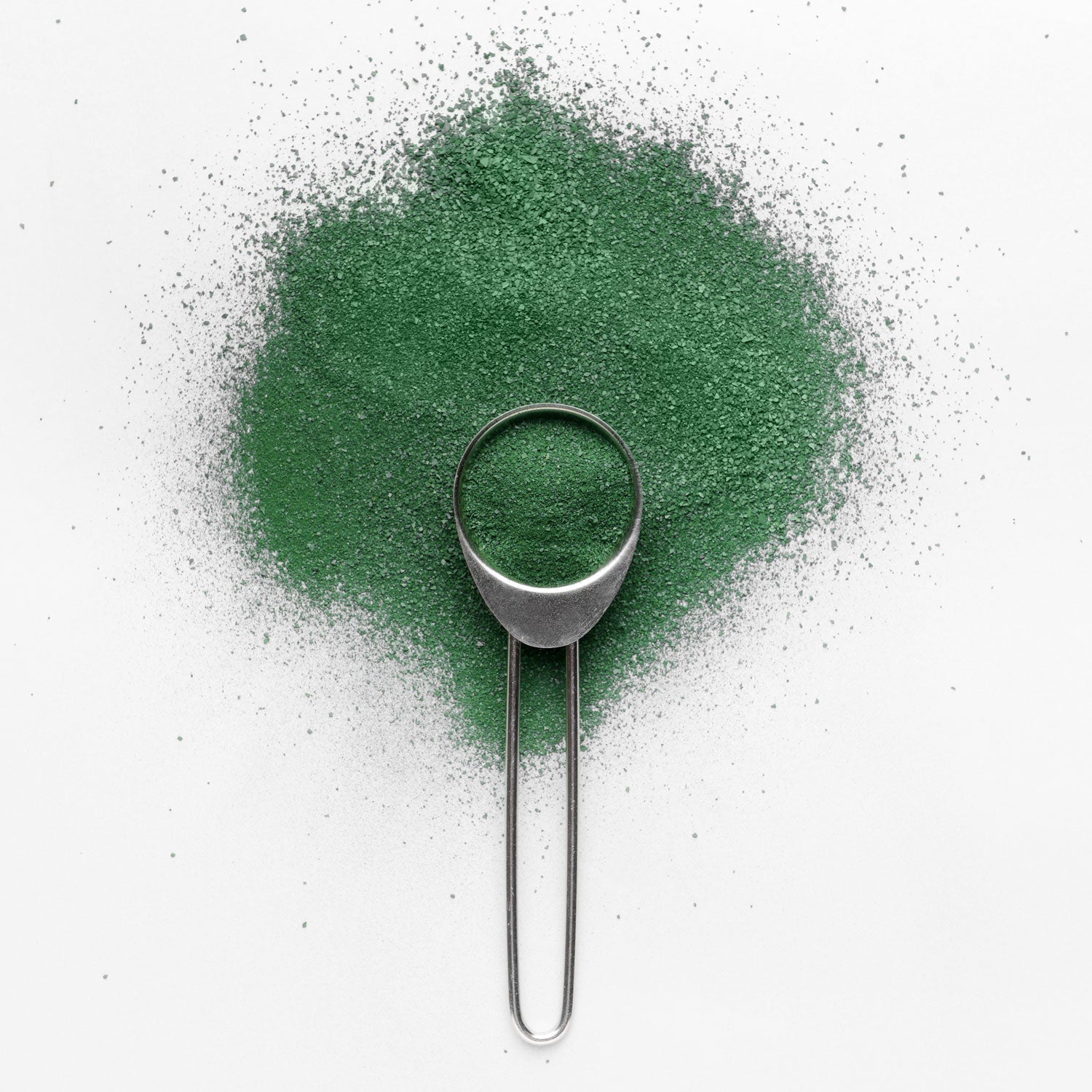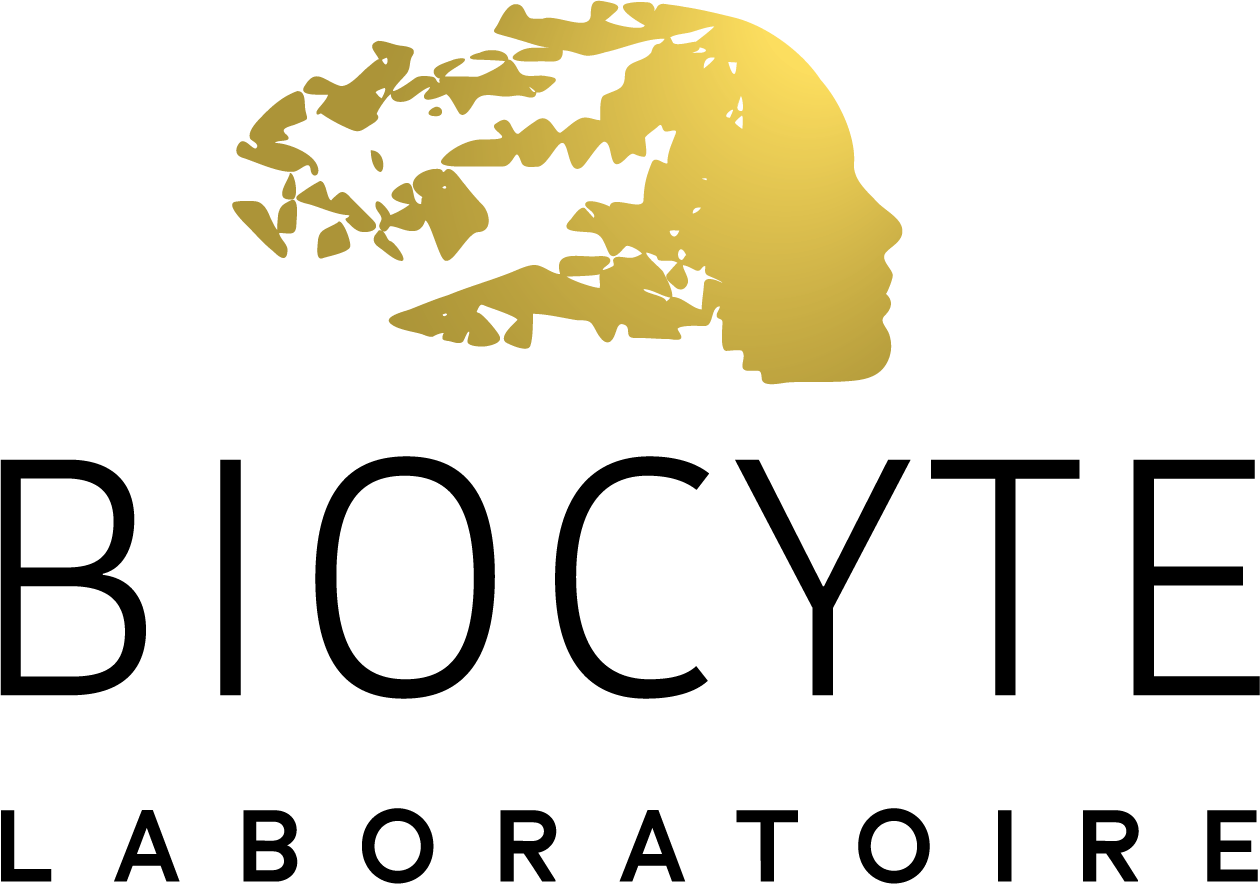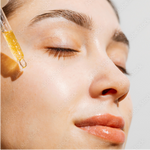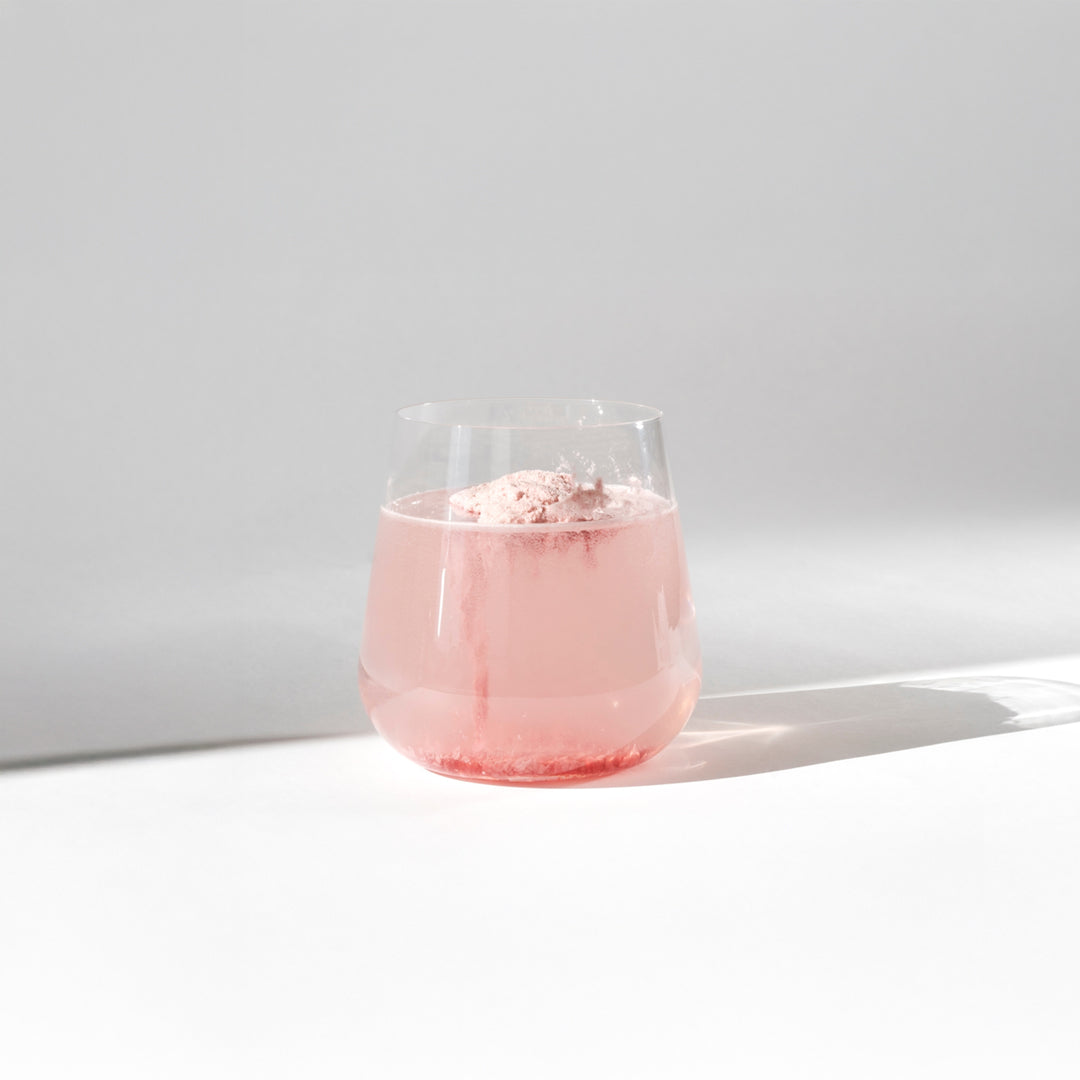
Phycocyanin: a natural treasure
With its pretty blue color, phycocyanin is at the heart of spirulina (it's what gives it its blue tints). This natural treasure is a phytonutrient that provides many benefits, and that's why we recommend this product in our wellness routine. So what is phycocyanin? What is its role? What are its origins? Why is it interesting to use it as a natural supplement for the body? Why is it important to opt for organic farming to guarantee its quality? Discover everything you need to know about the benefits of phycocyanin!
What is phycocyanin?
Blue phycocyanin is a protein complex found in spirulina. In fact, the latter produces, in addition to chlorophyll, a combination of protein and a blue pigment. Moreover, the name of these proteins perfectly describes their composition since "phyco" means "algae" and "cyanin" refers to cyan, or the color blue. Generally, phycocyanin is present at a rate of 10% to 18% in spirulina. It is used both for its color and for its benefits on the body. This is why these proteins can be used as much in the food industry and cosmetics as a coloring, as in medicine and biotechnology for its vitamins, minerals and trace elements.
Why this blue pigmentation?
Phycocyanin is composed of water-soluble pigments and photosynthesis, phycocyanobilins. These pigments allow blue phycocyanin to absorb red and orange light, hence its blue-green hue. Moreover, French and European regulations make blue phycocyanin the only natural colorant still authorized in France and Europe.
What is spirulina?
Spirulina (spirulina platensis), also known as blue-green algae, is a cyanobacteria. It grows naturally in freshwater lakes and tropical ponds. A source of nutrients and vitamins, it offers many benefits that are now well known to the general public (promoting energy, etc.). It is therefore recommended to consume spirulina, which can be found in the form of a dietary supplement. Therefore, it is recommended to choose organic spirulina to fully benefit from all the nutrients and vitamins. While it comes in powder form, dietary supplements are generally in capsule or tablet form for easier intake. Regarding the dose, it is recommended to refer to the instructions on the product packaging.
What is the difference between phycocyanin and spirulina?
Phycocyanin is only one component of spirulina. Spirulina therefore contains other nutrients, most of which are proteins. If you want to benefit from the benefits of blue phycocyanin, you can turn to spirulina health supplements . Alternatively, if you want to promote the absorption of these nutrients in the body, you can first opt for detox supplements. Once your body is detoxified, you can then provide it with numerous nutrients with a dietary supplement tailored to your needs.
What is the role of phycocyanin?
The role of blue phycocyanin in wellness is primarily to provide benefits to the body. Rich in antioxidants, its use helps combat oxidative stress and its consequences on the body. By consuming antioxidants, cells are protected against this stress, which helps maintain immunity, but also improves tone and vitality.
A well-researched active ingredient
Blue phycocyanin is a widely studied active ingredient. More than just the use of its pigments, there's interest in its benefits. Numerous studies are being conducted to understand the benefits of phycocyanin.
How to consume phycocyanin?
Phycocyanin is consumed through spirulina (Spirulina platensis). Therefore, it is recommended to opt for a bottle of spirulina food supplements to consume phycocyanin. Generally, it consists of one or more tablets depending on the recommended dose to be swallowed with a liquid such as water. Spirulina powder is also available, which can be used in cooking.
The origins of phycocyanin
Spirulina is an algae with a long history. It seems that the Aztecs were already cultivating it a long time ago. It has survived through the ages and continues to provide its benefits to this day.
Explanation of the main source of phycocyanin: blue-green algae
Blue phycocyanin is found in blue-green algae, which can be found in natural habitats, but can also be cultivated. In fact, there are now sites dedicated to cultivating spirulina to meet the growing demand for it.
Presentation of the different types of algae rich in phycocyanin
While spirulina is the algae best known for containing blue phycocyanin, other substances also contain it. This is particularly the case with Klamath, which is also very rich in vitamins, trace elements, and minerals. This superfood, however, is rarer, as it is only found in Klamath Lake, Oregon, USA.
Importance of organic cultivation to ensure the quality of phycocyanin
Organic certification is very interesting when you choose to consume food supplements and this is also true for spirulina and therefore phycocyanin.
A natural superfood to incorporate into your routine
To enjoy the benefits of this algae, you can fully integrate it into your daily routine. You will obviously need to follow the recommended dose on the product packaging as well as the method of administration. Generally, this involves a few tablets to be taken daily with a large glass of water. That being said, it is important to remember that a dietary supplement cannot replace a healthy lifestyle and a balanced diet. You must therefore benefit from a healthy lifestyle above all. Supplementation only complements the latter. If you have any doubts regarding your lifestyle, seek advice from a healthcare professional. Spirulina-based dietary supplements are also only intended for adults and are not recommended for pregnant and breastfeeding women without the advice of a healthcare professional. Make sure to adopt an appropriate storage method to preserve the effectiveness of the product over time and thus not alter it.





